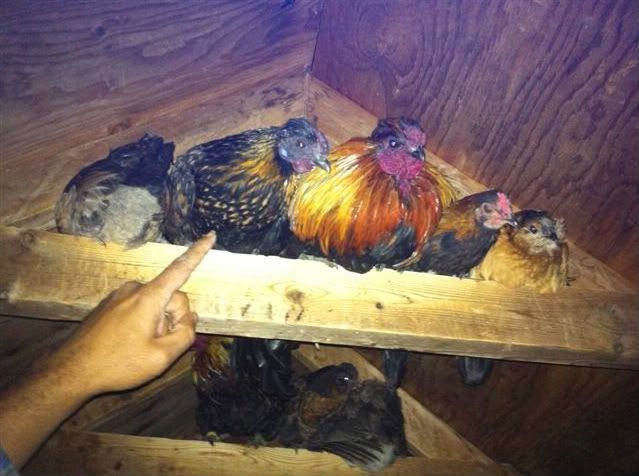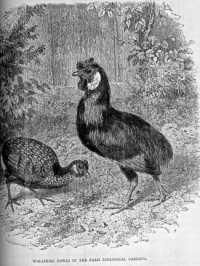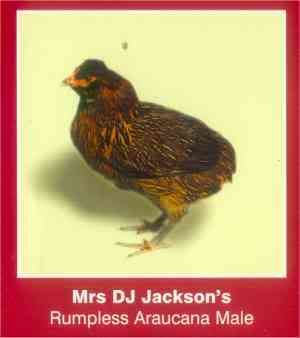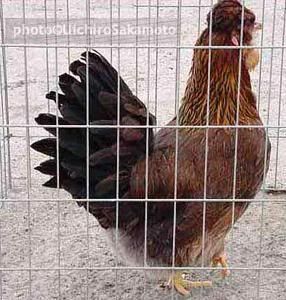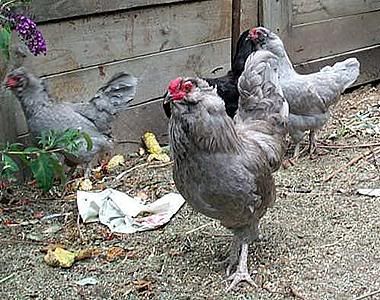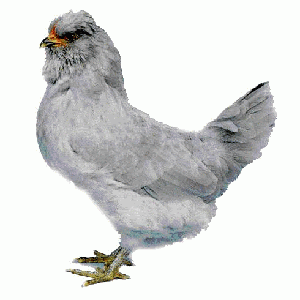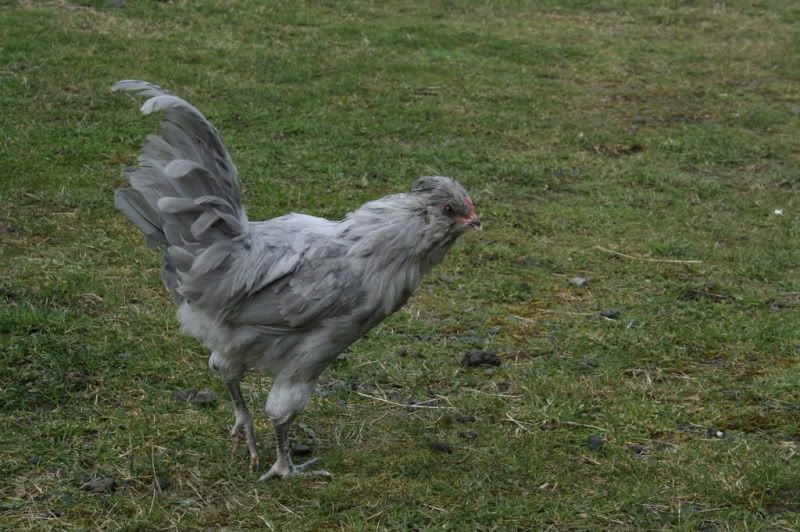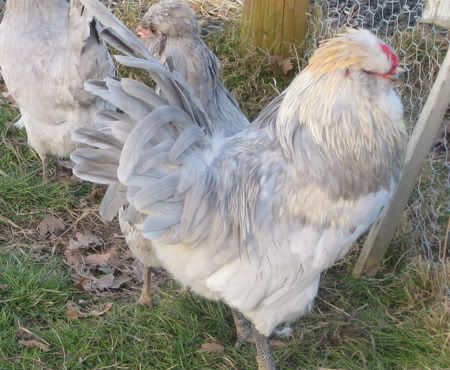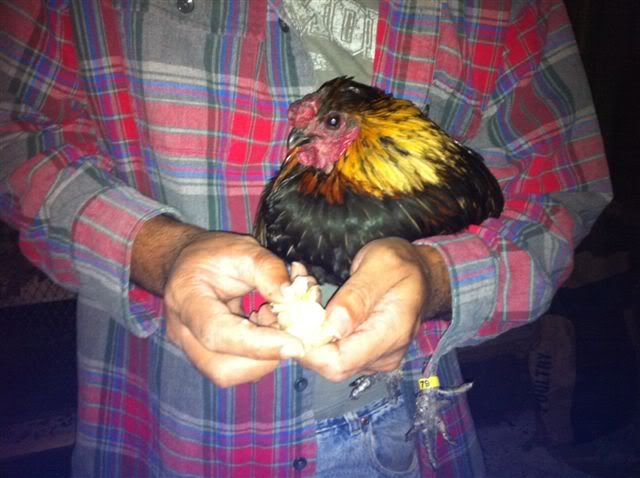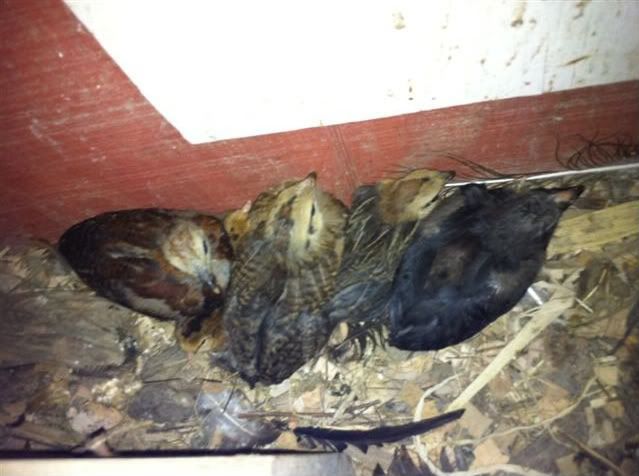
For now I'll just post some photos of a few of the treasures that mean a great deal to me. I'm primarily interested in rare poultry antiquities but more to the point, I am interested in maintaining bloodlines and selective breeding projects with many decades and generations of stewards involved. It doesn't matter to me that few of these treasures indeed none of them possess a standard of perfection or even if they are particularly attractive. I've had them for over twenty years so I know them as family.
I appreciate and love the attention and joy they afford me.
Anyone interested seriously interested in stewardship of rare poultry breeds and semi species is a student of artificial selection. Selective breeding is at the root of all founder stock.
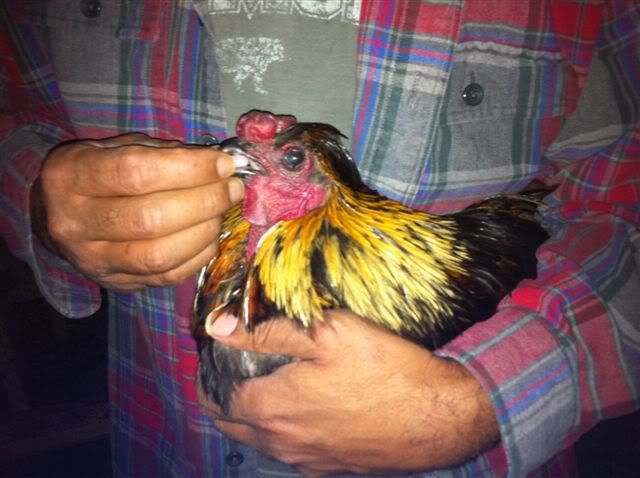
Proactive health management includes regular use of cloves of raw garlic grown in our own gardens.
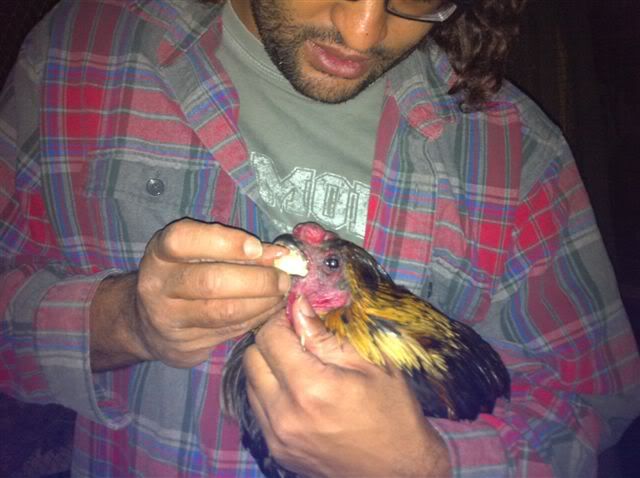
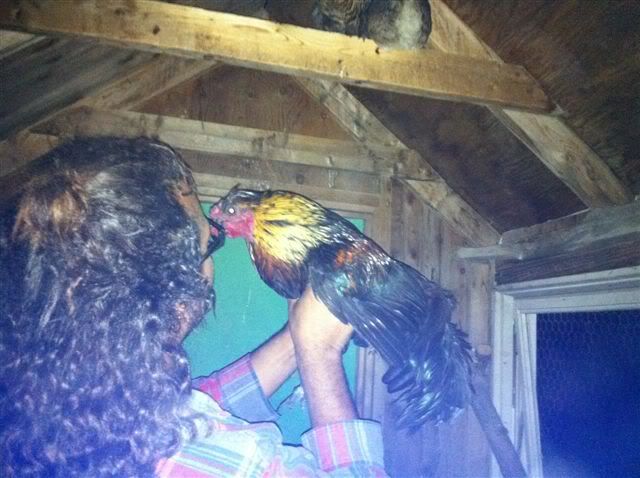
Mapuche Huastec is probably my favorite lineage of an ancient breed. I know by their crow that they are unique and am eager for people to look at their genetics carefully- as in molecular biology. What a great and storied history these birds have lived.
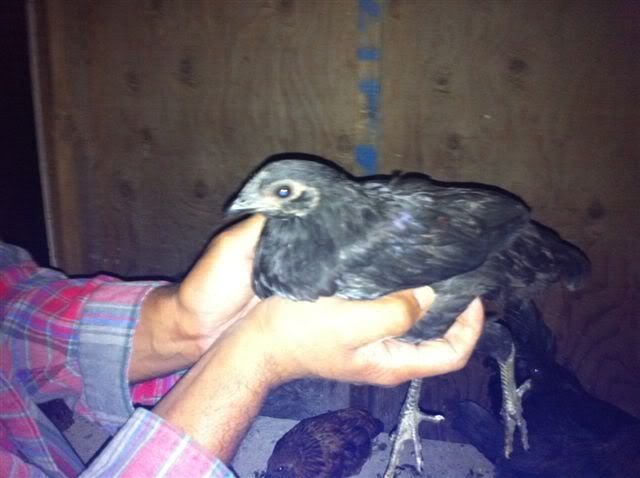
I am just as fond of the composite of rare stock as the close bred "pure" stock.
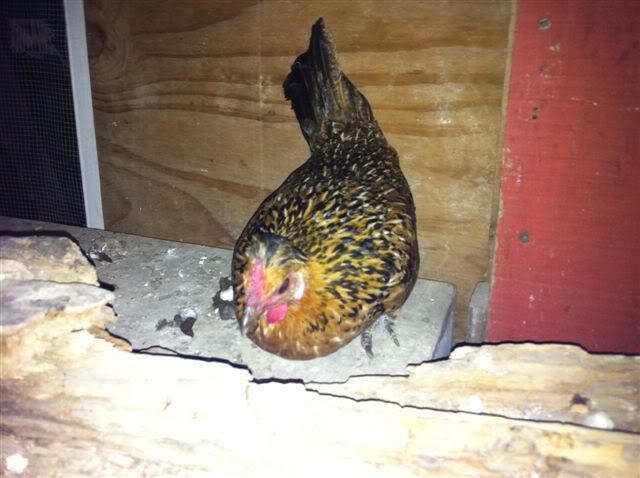
Last edited:


